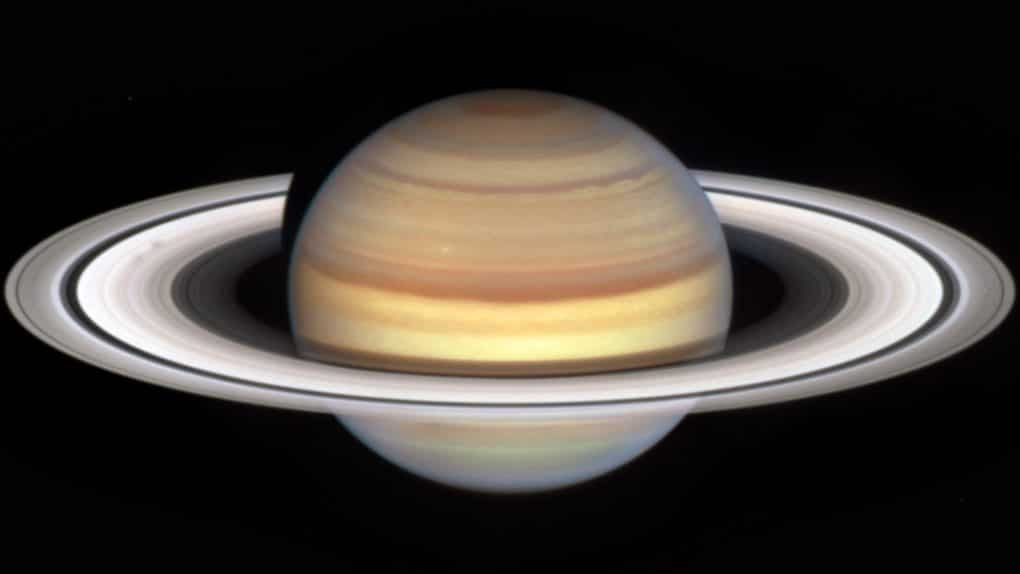One day you will point your telescope at the night sky in search of Saturn's famous rings, and you will discover that they have disappeared. It will happen in 2025, when Saturn will present itself in an unusual guise, without its iconic bands. It is not celestial magic, nor an apocalyptic event, but a simple play of angles and light. The disappearance of the rings will be temporary.
The celestial illusion: Saturn's rings in 2025
The phenomenon of the "disappearance" of Saturn's rings is not a unique event, but part of a natural cycle that occurs every 29,5 years. This cycle is dictated by Saturn's orbit around the Sun and its axial tilt. When the planet reaches a specific point in this orbit, its rings align in such a way that, when viewed from Earth, they appear extremely thin and almost invisible.
How come? Saturn's rings are composed of countless ice and rock particles that orbit in an equatorial plane. When this plane aligns with Earth's line of sight, the rings become invisible due to their relative thinness.

The history and study of rings
Galileo's discovery
Galileo Galilei was the first to observe Saturn's rings in 1610, although he failed to clearly identify them. Since then, understanding of the rings has grown enormously, thanks in part to space missions such as Voyager and Cassini, which have provided detailed images and scientific data.
Scientists continue to study the rings to better understand their composition, origin and evolution over time. These studies not only tell us more about Saturn, but also offer clues about the formation of the solar system and the dynamic processes that govern celestial bodies.
The impact on research and observation
The temporary disappearance of Saturn's rings represents a unique opportunity for astronomers. Without the brightness of the rings, it will be possible to better observe other aspects of the planet, such as its moons and the structure of its atmosphere.
For astronomy enthusiasts, this event is an invitation to take advantage of observing opportunities in the months ahead. As 2025 approaches, it is essential to plan ahead to make the most of optimal observing conditions.
The theft of the rings
While we await the "return" of the rings (which will occur in 2032), we can reflect on the immensity of the universe. And basically waiting: isn't the very waiting for the rings a ring? Okay. This joke with ChatGPT would never have come up.


